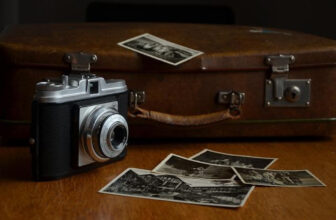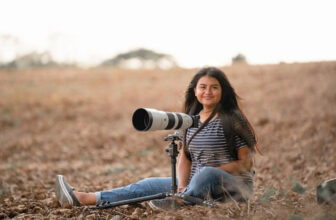Capturing the Wild: Essential Wildlife Photography Tips
GoogleAds

In the world of wildlife photography, capturing the untamed beauty of the natural world requires skill, patience, and a deep understanding of the environment. From the elusive movements of a big cat to the delicate flutter of a butterfly’s wings, each moment in the wild presents a unique opportunity for photographers to tell a story through their lens. In this article, we will explore essential tips and techniques for capturing the wild in all its majestic glory. Whether you’re a seasoned wildlife photographer or a novice looking to hone your craft, these guidelines will help you bring the wonders of the natural world into focus.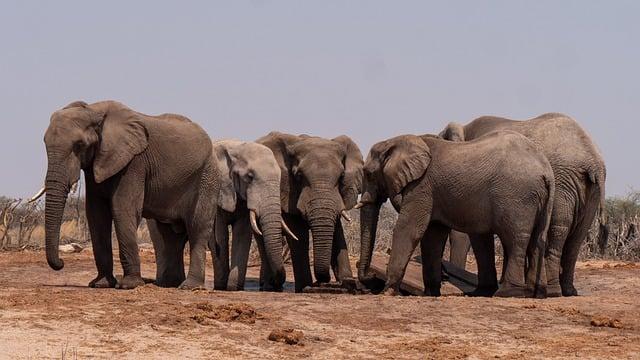
Choosing the Right Equipment for Wildlife Photography
When embarking on a wildlife photography adventure, having the right equipment is essential for capturing those breathtaking moments in the wild. Whether you are a beginner or a seasoned pro, selecting the proper gear can make all the difference in the quality of your shots.
Camera: A DSLR or mirrorless camera with a fast burst mode and high resolution is ideal for capturing quick and detailed shots of wildlife. Look for a camera with good low-light performance to ensure your images are sharp even in dimly lit environments.
Lenses: Invest in a telephoto lens with a long focal length to get close-up shots of wildlife from a safe distance. A zoom lens with image stabilization can also come in handy for capturing dynamic scenes where you may not have time to switch lenses.
Tripod: A sturdy tripod is essential for keeping your camera steady during long wildlife photography sessions. Look for a lightweight but durable option that can withstand the elements while providing the stability you need for capturing sharp images.
Accessories: Don’t forget to pack essentials like extra batteries, memory cards, lens cleaning kit, and a camera bag to protect your gear while out in the wild. Consider investing in a camouflage cover or lens hood to avoid spooking wildlife with the sight of your camera.
Understanding the Behavior of Wild Animals
When out in the wilderness, capturing the behavior of wild animals through photography can be a thrilling experience. However, it can also be quite challenging. Here are some essential tips to help you master the art of wildlife photography:
1. Patience is Key
Wild animals are unpredictable, so be prepared to wait for the perfect shot. Spend time observing their behavior and movements to anticipate the best moment to snap a photo.
2. Use the Right Equipment
Invest in a good quality camera with a telephoto lens to capture wildlife from a distance. Make sure to also carry a sturdy tripod to keep your shots steady.
3. Respect their Space
It’s important to respect the natural habitat of wild animals. Keep a safe distance from them to avoid causing stress or disturbances. Use your telephoto lens to get close-up shots without getting too close.
4. Lighting is Everything
Pay attention to the lighting conditions when photographing wild animals. Early morning and late afternoon are the best times for soft, warm light that will enhance your photos.
5. Practice Makes Perfect
Like any skill, wildlife photography takes practice. Don’t get discouraged if your first few shots are not as you had hoped. Keep practicing and experimenting with different techniques to improve your skills.
Mastering Composition and Framing Techniques
Capturing stunning wildlife photos requires not only patience and a keen eye, but also a solid understanding of composition and framing techniques. By mastering these skills, you can elevate your wildlife photography to a whole new level.
One essential tip for capturing wildlife in action is to use the rule of thirds. This compositional technique involves dividing your frame into nine equal parts using two horizontal and two vertical lines. By placing your subject off-center at one of the intersecting points, you can create a more dynamic and visually appealing image.
Another important consideration is framing. When photographing wildlife, look for natural frames within your surroundings, such as branches, leaves, or even other animals. By using these elements to frame your subject, you can draw the viewer’s eye directly to the focal point of your image.
Lighting is also critical in wildlife photography. The golden hours of sunrise and sunset provide soft, warm lighting that can enhance the mood and atmosphere of your photos. Additionally, pay attention to the direction of light and how it falls on your subject, as this can dramatically impact the overall look of your image.
don’t be afraid to experiment with different angles and perspectives. Get down low to the ground or climb up high to capture unique and compelling shots of wildlife in their natural habitats. By thinking creatively and pushing the boundaries of traditional composition and framing techniques, you can create breathtaking wildlife photos that truly stand out.
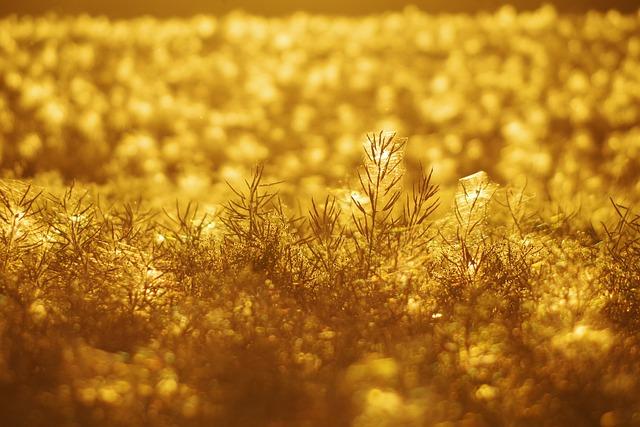
Utilizing Natural Light to Enhance Your Photos
Capturing wildlife through photography can be a challenging yet rewarding experience. One key element that can greatly enhance your photos is utilizing natural light. By harnessing the power of the sun, you can create stunning images that highlight the beauty of the animals in their natural habitat.
When shooting wildlife, it’s important to pay attention to the direction of the light. Position yourself so that the light is falling on your subject, illuminating its features and creating depth in the image. Shooting in the early morning or late afternoon when the light is soft and golden can result in magical photos with a warm glow.
Another technique to consider is backlighting your subject. This can create a halo effect around the animal, making it stand out against the background. Experiment with different angles to see how the light plays off the fur, feathers, or scales of the creature, adding texture and dimension to your photos.
For close-up shots of wildlife, using natural light can help bring out the intricate details of the animal’s features. Whether it’s the patterns on a bird’s feathers or the textures of a lion’s mane, soft, diffused light can make these details pop. Consider using a reflector to bounce light back onto your subject and fill in any shadows.
embracing natural light in your wildlife photography can elevate your images to new heights. By understanding how light interacts with your subjects, you can create captivating photos that not only showcase the beauty of the animals but also evoke emotion and tell a story. So next time you’re out in the wild with your camera, take advantage of the natural light around you and watch as your photos come to life.

Creating a Connection with Your Subject
Wildlife photography is all about capturing the essence of animals in their natural habitats. To truly capture the beauty of these creatures, it is essential to create a strong connection with your subject. Here are some tips to help you establish that connection and take your wildlife photography to the next level.
1. Spend time observing: Before you start clicking away, take the time to observe your subject. Watch how it moves, interacts with its environment, and any unique behaviors it exhibits. This will not only help you anticipate the perfect shot but also allows you to connect with the animal on a deeper level.
2. Get down to their level: To create a more intimate connection with your subject, try to get down to their eye level. This will help you capture the world from their perspective and create a more engaging photograph. It may require getting dirty or laying on the ground, but the results will be worth it.
3. Be patient: Wildlife photography requires a great deal of patience. Animals do not always cooperate or pose on command, so be prepared to wait for the right moment. Patience is key to capturing that perfect shot that truly reflects the essence of your subject.
| 4. Use natural light: | Ensure you take advantage of natural lighting to enhance the beauty of your subject. Avoid using flash unless absolutely necessary, as it can startle or disturb the animal. |
5. Respect their space: While it is essential to get up close and personal with your subject, remember to respect their space and boundaries. Do not invade their territory or disrupt their natural behavior for the sake of a photograph. By respecting the animals, you will be able to create a connection that shines through in your photographs.
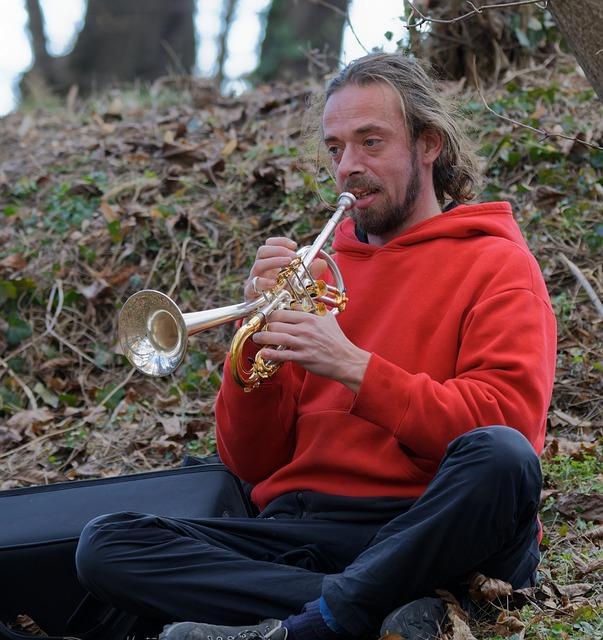
Practicing Patience and Perseverance in the Field
When it comes to wildlife photography, patience and perseverance are key. The field of wildlife photography is unpredictable and requires a great deal of time and effort to capture that perfect shot. Here are some essential tips to help you navigate the challenges of capturing the wild:
First and foremost, it is important to research the behavior of the animals you wish to photograph. Understanding their habits and movement patterns will greatly increase your chances of getting that ideal shot. Whether it’s studying their feeding times or preferred habitats, knowledge is power when it comes to wildlife photography.
Another important tip is to invest in quality gear. A good camera with a telephoto lens is essential for capturing those elusive wildlife moments. Additionally, a sturdy tripod can help keep your shots steady and clear, especially in low light conditions.
Furthermore, practicing stealth and camouflage techniques can make a huge difference in getting up close and personal with your subjects. Whether it’s blending in with your surroundings or using natural elements to hide your presence, being inconspicuous is crucial in wildlife photography.
Lastly, never underestimate the power of perseverance. Wildlife photography can be challenging and frustrating at times, but persistence is key. Keep trying, keep learning, and most importantly, keep honing your craft. With time and dedication, you will become a master at capturing the wild.
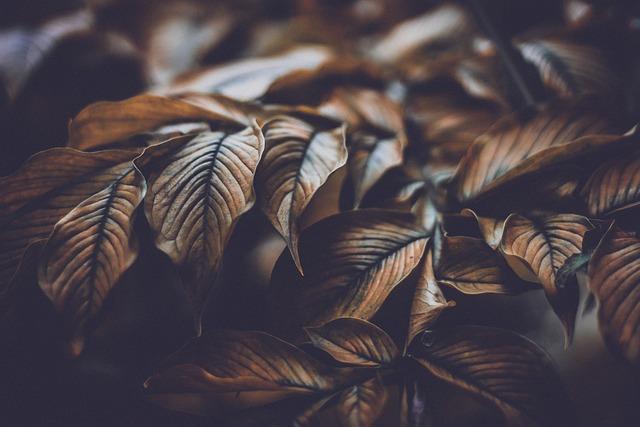
Respecting the Environment and Wildlife Etiquette
When venturing out into the wild to capture stunning wildlife photography, it is crucial to remember that is paramount. Here are some essential tips to ensure you not only get incredible shots but also protect the natural world around you.
1. Be Patient: Wildlife photography requires a great deal of patience. Take the time to observe your subjects and wait for the perfect moment to capture them in their natural habitat. Rushing can result in forced shots that lack authenticity.
2. Keep Your Distance: It is important to maintain a safe distance from the animals you are photographing. Getting too close can stress them out and disrupt their natural behavior. Use a telephoto lens to capture intimate shots from afar.
3. Leave No Trace: Always practice Leave No Trace principles when in nature. Pack out all your trash, avoid disturbing vegetation, and stay on designated trails. By minimizing your impact, you help preserve the environment for future generations.
4. Respect Quiet Zones: Some wildlife areas have designated quiet zones to minimize human interference. Observe any guidelines or rules set by the park or reserve you are visiting. By being considerate of these rules, you help create a peaceful environment for the animals.
5. Educate Others: Share your knowledge and passion for wildlife photography with others. Encourage them to also practice ethical photography techniques and respect for the environment. Together, we can all work towards preserving the beauty of our natural world.
Q&A
Q: What are some key tips for capturing stunning wildlife photographs?
A: Some essential tips for wildlife photography include being patient, understanding animal behavior, and using the right camera equipment.
Q: How important is it to be in the right place at the right time for wildlife photography?
A: Being in the right place at the right time is crucial for capturing unique and captivating wildlife images. Wildlife photographers often spend hours waiting for the perfect moment.
Q: What camera equipment is recommended for wildlife photography?
A: A good quality DSLR camera with a telephoto lens is essential for wildlife photography. Additionally, a sturdy tripod, extra batteries, and memory cards are also recommended.
Q: How can photographers stay safe while capturing wildlife images in their natural habitat?
A: It is important for wildlife photographers to respect animals and their habitats. Staying at a safe distance from wildlife, following park guidelines, and not disturbing animals are crucial for both the photographer’s safety and the well-being of the animals.
Q: What techniques can photographers use to capture wildlife in motion?
A: To capture wildlife in motion, photographers can use techniques such as panning, using a fast shutter speed, and anticipating the animal’s movement. Practice and patience are key in mastering the art of capturing wildlife in action.
Q: How can photographers ensure sharp and focused wildlife images?
A: To ensure sharp and focused wildlife images, photographers should use a fast shutter speed, focus on the animal’s eye, and use image stabilization if available. Additionally, shooting in RAW format allows for more flexibility in post-processing to enhance image sharpness.
The Way Forward
capturing the wild through wildlife photography requires patience, skill, and a deep appreciation for the natural world. By following these essential tips, photographers can enhance their ability to document the beauty and diversity of wildlife while also respecting and preserving their habitats. So grab your camera, head out into the wild, and let your passion for wildlife photography shine through in every shot. Happy shooting!
GoogleAds



